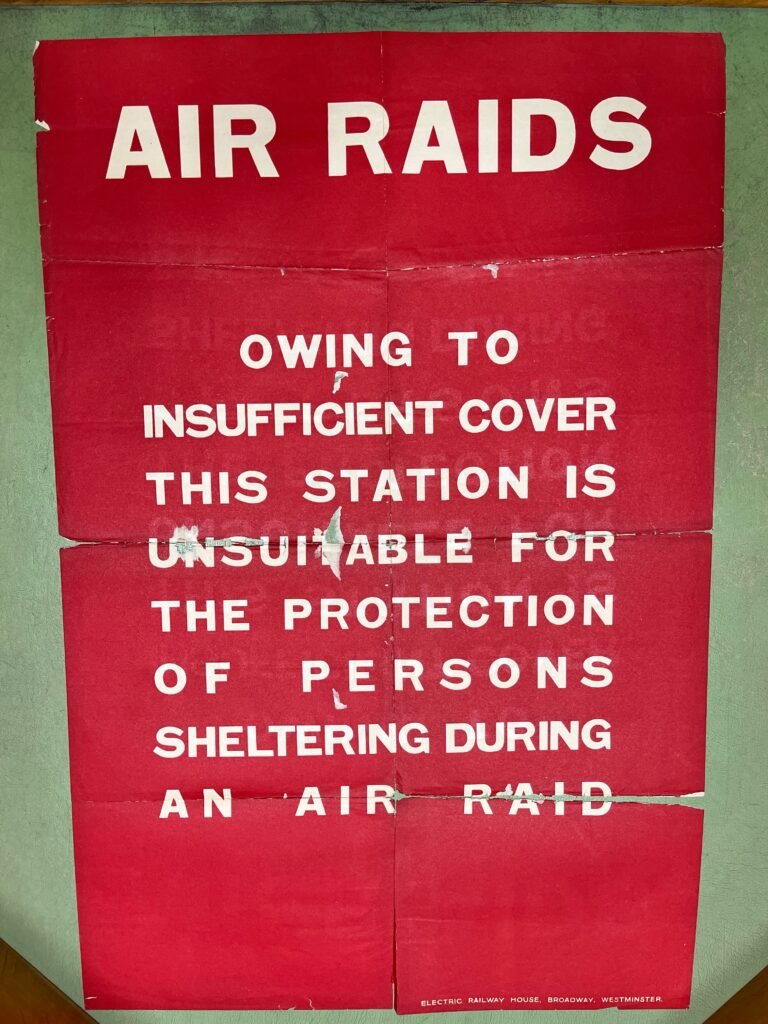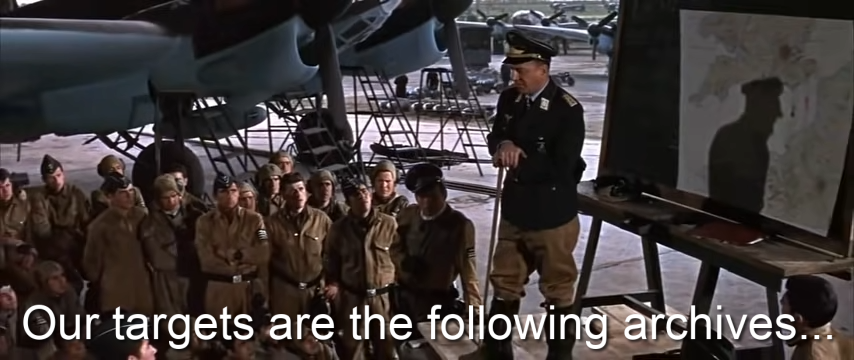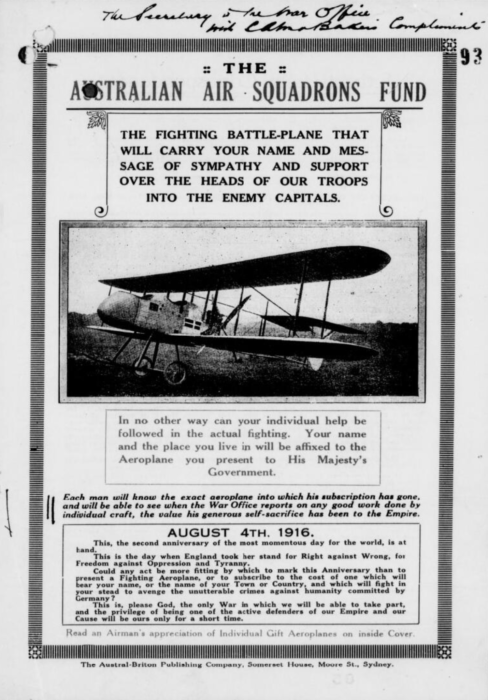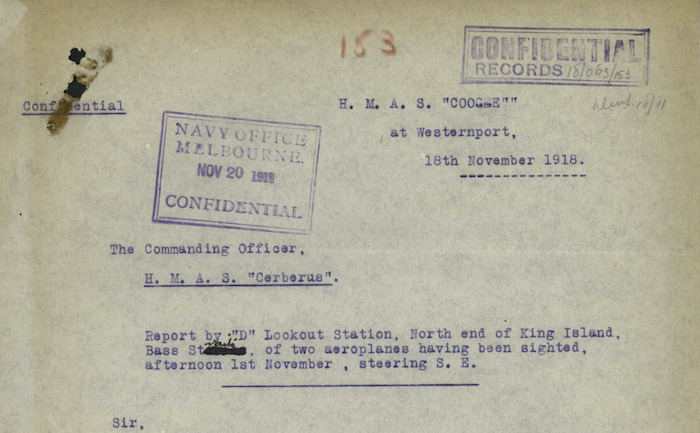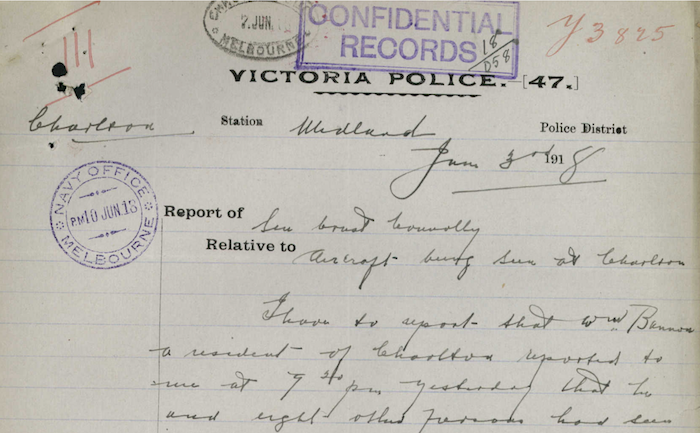What I did in my holidays (research)
So, I’m back from my long-overdue and much-needed research trip to the UK. Was it worth it? Yes! In raw numbers, I took over 11,000 photos across 13 days at 8 archives in 5 cities.1 Obviously, since I’m not a Bomber Command AOC I’m not going to prioritise quantity over quality. But I did pretty […]

